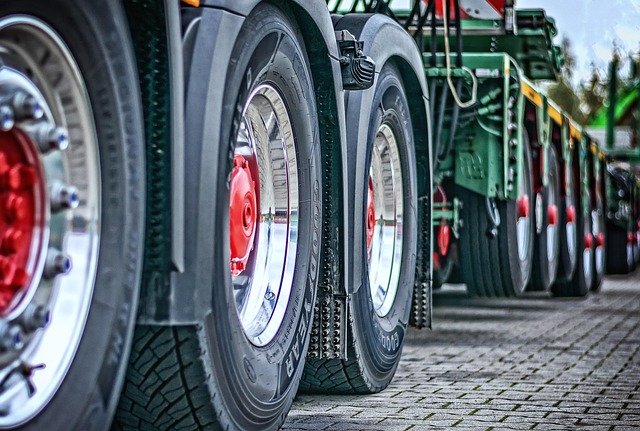ATV and Quad Guide: Use, Transport, and Maintenance
All-terrain vehicles (ATVs), often called quads, serve many roles from recreational riding to practical work on farms and job sites. Understanding the types, safe operation, transport options, and maintenance needs helps owners maximize utility and extend lifespan. This article explains core considerations — including trailer choices, when a dump trailer is useful, vehicle upkeep, and handling heavier machinery — so readers can make informed decisions about owning and moving ATVs and quads.

What is an atv or quad?
An ATV (all-terrain vehicle) or quad typically has four low-pressure tires, a straddle seat, and handlebars for steering. They vary by size and purpose: youth or recreational models are smaller and less powerful, while utility models include racks, towing hitches, and engines designed for hauling or farm work. Understanding the vehicle’s classification (recreational, sport, utility) helps match accessories, protective gear, and local registration requirements. Licensing and age restrictions differ by jurisdiction, so check local rules before riding.
How to choose a trailer for an ATV
Selecting an appropriate trailer depends on the ATV’s weight, dimensions, and how often you’ll move it. Open utility trailers are common for short trips and lighter machines; they offer easy loading and lower cost. Enclosed trailers protect against weather and theft but add weight and expense. Consider trailer features such as ramp angle, tie-down points, suspension, and whether your tow vehicle can handle the combined trailer and ATV load. For professional transport or infrequent moves, local services in your area can provide suitable trailers and towing assistance.
When is a dump trailer appropriate
A dump trailer is designed to carry and offload loose materials such as soil, gravel, mulch, or debris. For ATV owners who use quads in landscaping, property maintenance, or small construction projects, a dump trailer attached to a utility vehicle or towing truck can streamline material handling. Smaller electric- or hydraulic-lift dump trailers exist for light-duty tasks, while larger models handle heavier loads. If you frequently move bulk materials and your ATV can tow safely, a dump trailer can reduce manual labor, but assess tongue weight and payload limits before pairing equipment.
What vehicle maintenance matters for ATVs
Routine maintenance preserves performance and safety. Key tasks include regular oil and filter changes, air filter cleaning/replacement, brake inspections, and tire checks for pressure and tread. Electrical systems, fuel lines, and cooling components should be inspected seasonally. Keeping a maintenance log helps track service intervals and any parts replaced. For machinery used in wet, muddy, or corrosive environments, more frequent cleaning and lubrication are necessary. Follow the manufacturer’s service schedule and use recommended fluids and parts to avoid premature wear.
How to transport and store heavier machinery
When moving heavier machinery alongside or instead of an ATV, plan for rated capacity, secure tie-downs, and proper ramping. Use heavy-duty straps rated for the load and anchor points on both trailer and machine. Distribute weight evenly to maintain trailer stability and avoid exceeding tow vehicle or trailer Gross Vehicle Weight Rating (GVWR). For storage, choose a dry, well-ventilated location to prevent corrosion; stabilize fuel and disconnect batteries for long-term storage. If you lack equipment or confidence in loading, contact professional transport providers or rental services in your area that specialize in machinery transport.
Conclusion
ATVs and quads are versatile machines whose safe and effective use depends on choosing the right model, pairing appropriate trailers and equipment such as dump trailers when needed, and committing to regular maintenance. Careful attention to towing capacities, secure transport practices, and proper storage will extend equipment life and reduce risk. Understanding local regulations and service options in your area ensures compliance and access to specialized help when moving or servicing these vehicles and related machinery.





